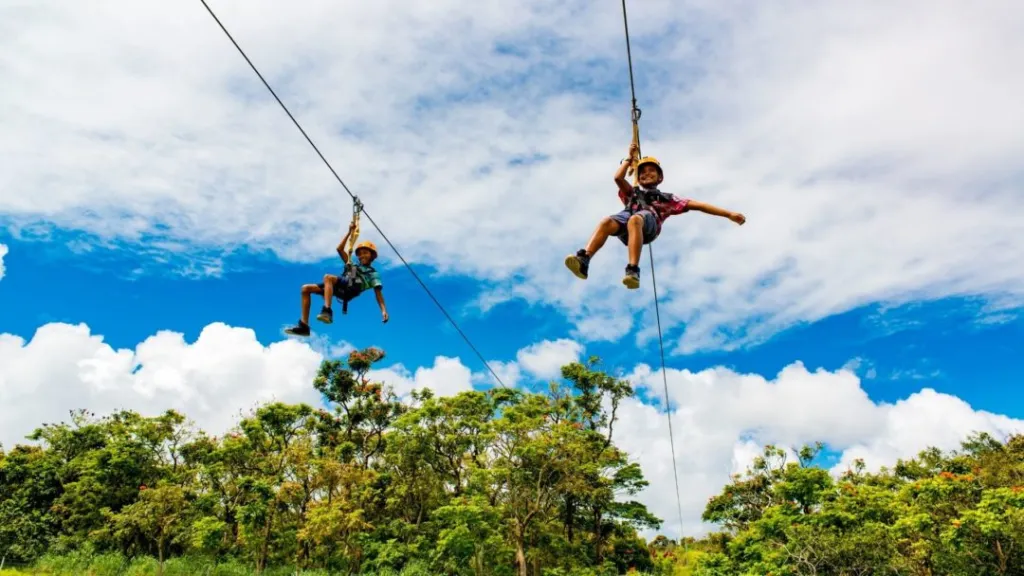Yellowstone National Park is a premier destination for fly fishing enthusiasts, offering pristine waters, breathtaking landscapes, and abundant trout populations. The park’s diverse river systems and lakes make it an angler’s paradise. Here are the top fly fishing spots and tips for an unforgettable adventure:
1. Firehole River
- Why It’s Great:
- Unique thermal influence keeps water temperatures consistent, extending the fishing season.
- Known for prolific insect hatches, making it ideal for dry fly fishing.
- Target Species: Brown trout, rainbow trout.
- Best Times: Spring and early summer, or fall for cooler temperatures.
- Tips: Use small dry flies like Pale Morning Duns or Blue-Winged Olives during hatches.
2. Madison River
- Why It’s Great:
- One of the most famous fly fishing rivers in the U.S.
- Large runs of brown and rainbow trout in the fall.
- Target Species: Brown trout, rainbow trout, whitefish.
- Best Times: Late May to June and September to October.
- Tips: Streamers work well for large browns in fall; nymphs are effective during non-hatch periods.
3. Yellowstone River
- Why It’s Great:
- The longest free-flowing river in the U.S., offering diverse fishing opportunities.
- Stunning surroundings, including the Hayden Valley.
- Target Species: Cutthroat trout, rainbow trout, brown trout.
- Best Times: July to September.
- Tips: Focus on the section below Yellowstone Lake for native cutthroats. Hopper-dropper rigs work well in late summer.
4. Lamar River
- Why It’s Great:
- A scenic gem with clear waters and challenging fishing.
- Surrounded by abundant wildlife, including bison and wolves.
- Target Species: Cutthroat trout, rainbow trout.
- Best Times: Late July to early September.
- Tips: Use terrestrials like grasshoppers or ants in mid-summer. Be prepared for unpredictable weather.
5. Slough Creek
- Why It’s Great:
- Renowned for large, wary cutthroat trout.
- Offers a backcountry fishing experience.
- Target Species: Cutthroat trout.
- Best Times: July to September.
- Tips: Use light tippets and small dry flies like Adams or Elk Hair Caddis for best results. Hiking to the second or third meadow reduces crowding.
6. Soda Butte Creek
- Why It’s Great:
- A smaller, accessible stream with excellent dry fly fishing.
- Flows through the scenic Lamar Valley.
- Target Species: Cutthroat trout.
- Best Times: Late July to early September.
- Tips: Fish early mornings or late evenings for the best results. Terrestrials are particularly effective.
7. Yellowstone Lake
- Why It’s Great:
- The largest high-altitude lake in North America, offering unique fishing opportunities.
- Known for its Yellowstone cutthroat trout.
- Target Species: Cutthroat trout.
- Best Times: June to early July when trout are near the shore.
- Tips: Use sinking lines and streamer patterns to reach deeper fish later in the season.
Fly Fishing Tips for Yellowstone
- Permits and Regulations:
- Purchase a Yellowstone National Park fishing permit (no state license required).
- Follow catch-and-release policies and know which waters are closed for native trout restoration.
- Gear:
- Rods: 4–6 weight rods are ideal.
- Waders: Essential for cooler waters, especially in spring and fall.
- Flies: Stock up on terrestrials, mayflies, caddisflies, and nymph patterns.
- Seasonal Considerations:
- Spring: Best for Firehole River.
- Summer: Peak season for most rivers and streams.
- Fall: Ideal for targeting trophy trout on the Madison and Yellowstone rivers.
- Wildlife Awareness:
- Carry bear spray and stay vigilant, especially in remote areas.
Guided Fly Fishing Tours
For beginners or those seeking expert insight, guided fly fishing tours offer valuable local knowledge and access to less-traveled spots. Popular outfitters include:
- Yellowstone Angler
- Parks’ Fly Shop
- Blue Ribbon Flies
Fly fishing in Yellowstone National Park is a bucket-list experience. Whether you’re casting dry flies on Slough Creek or exploring the vast Yellowstone River, the park’s natural beauty and abundant trout make every moment unforgettable.


:max_bytes(150000):strip_icc()/washington-redskins-visit-busch-gardens-145625662-5c29c7d646e0fb00015b41ba.jpg)

